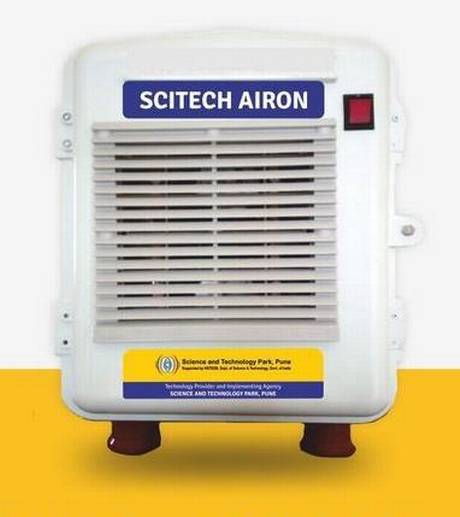7667766266
enquiry@shankarias.in
Sodium Hypochlorite
Traditional masks to tackle COVID-19
Volatility Index (VIX)
National Stock Exchange of India Ltd. (NSE)
Scitech Airon

CARES Fund
Corporate Social Responsibility (CSR)
Prime Minister’s National Relief Fund (PMNRF)
Source: PIB, the Hindu, Indian Express